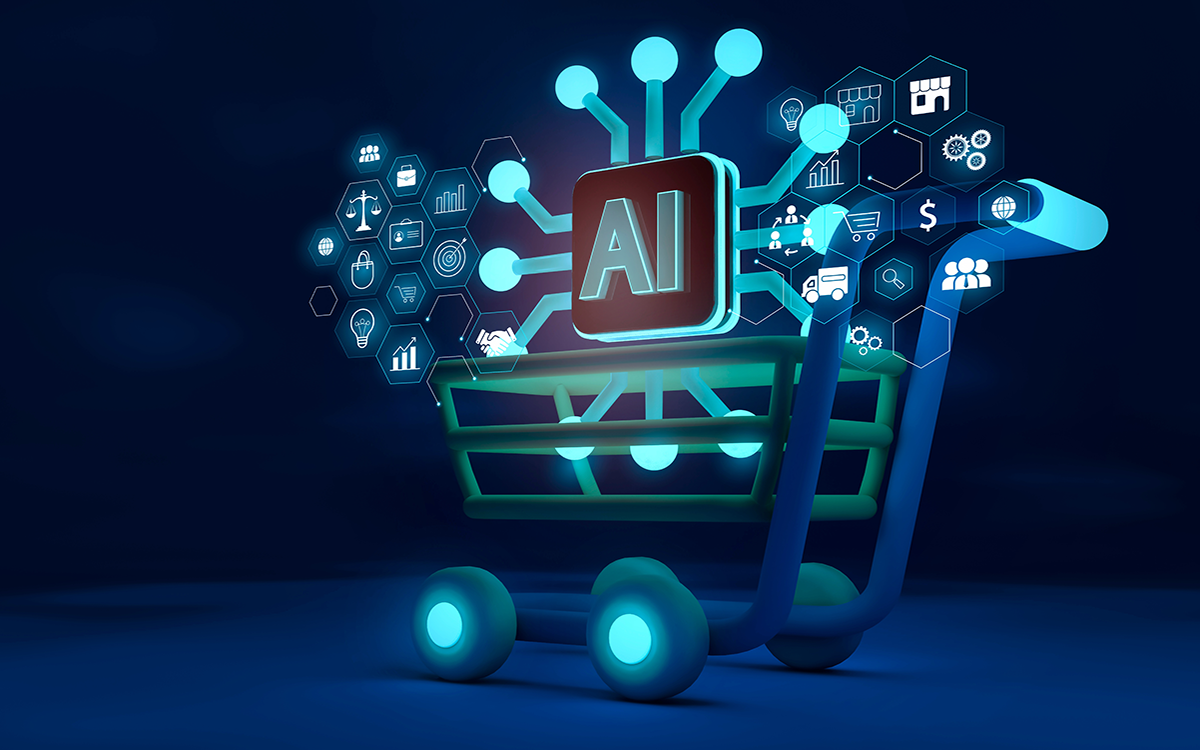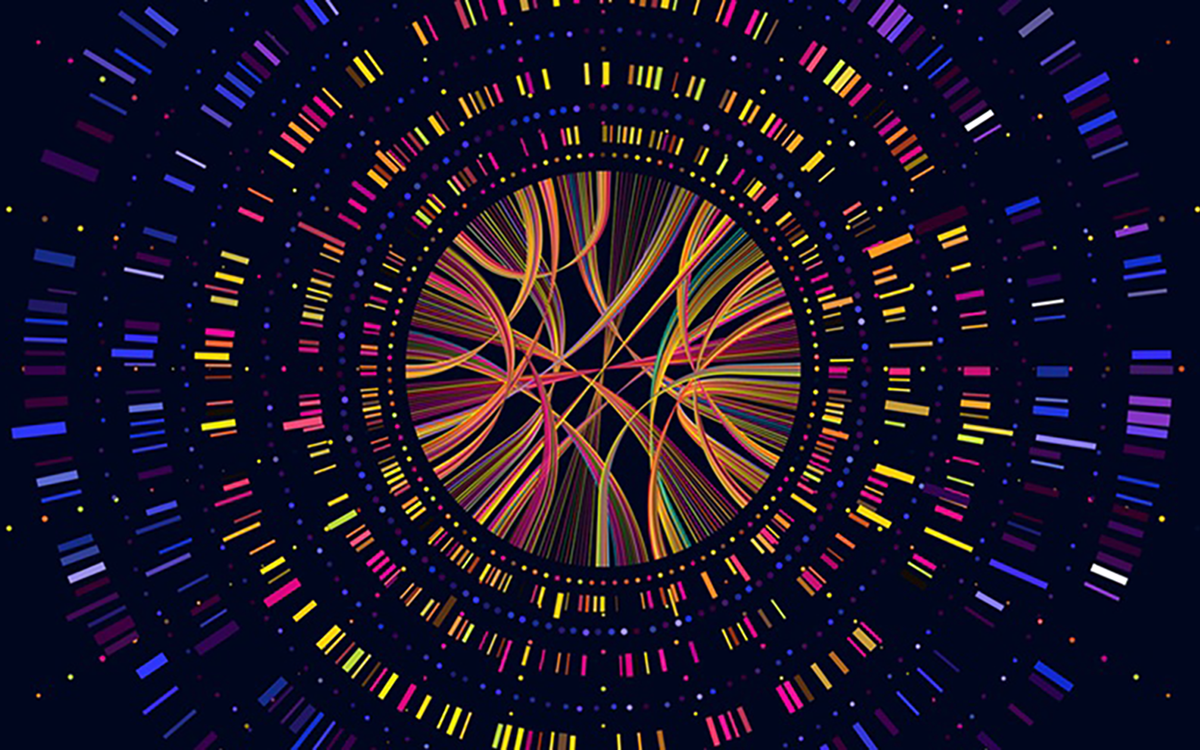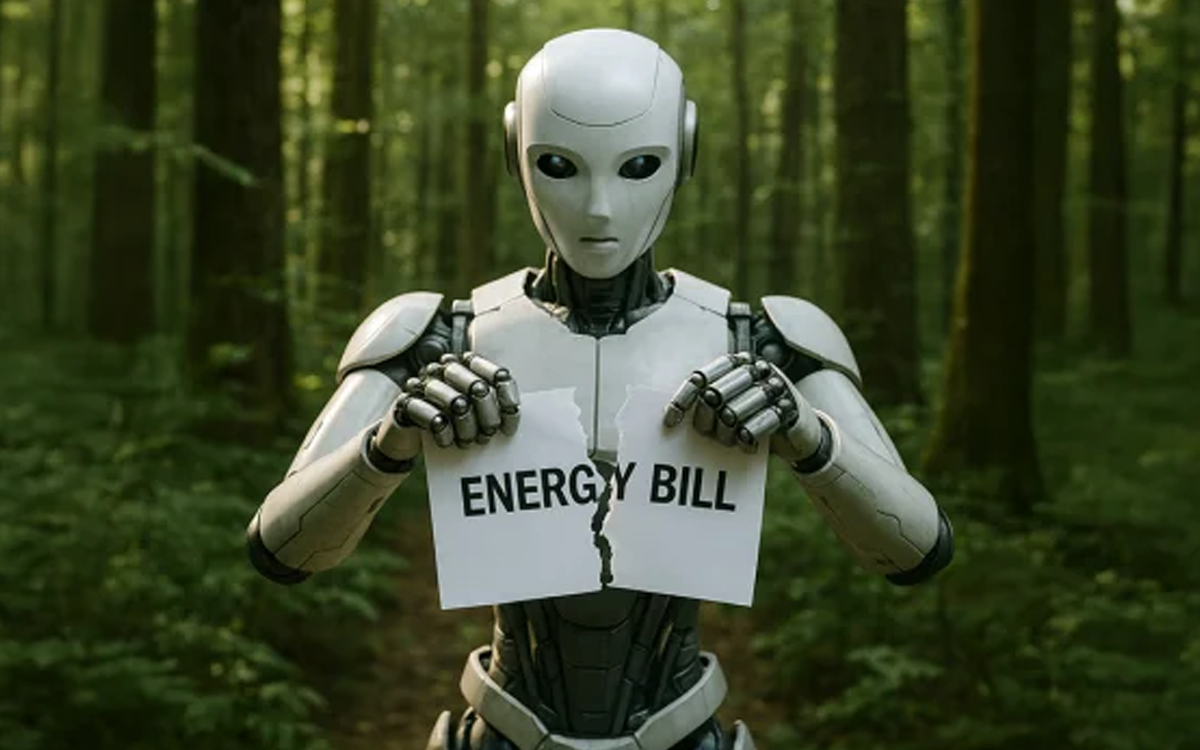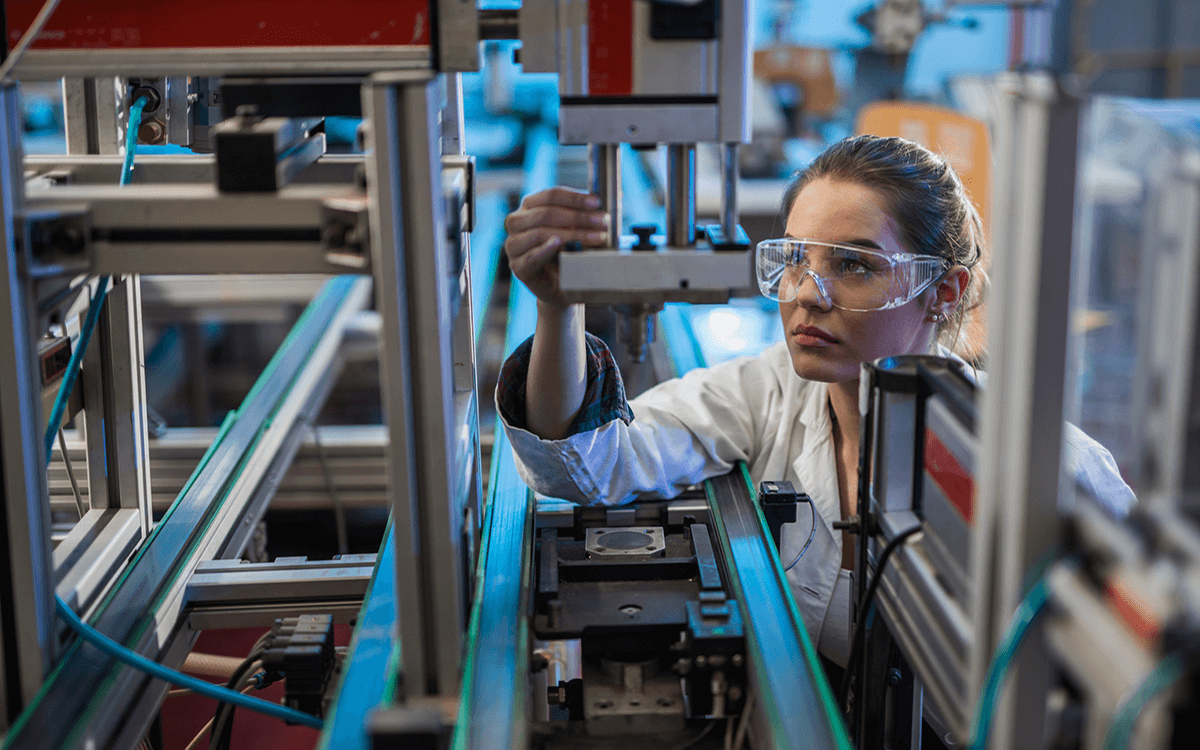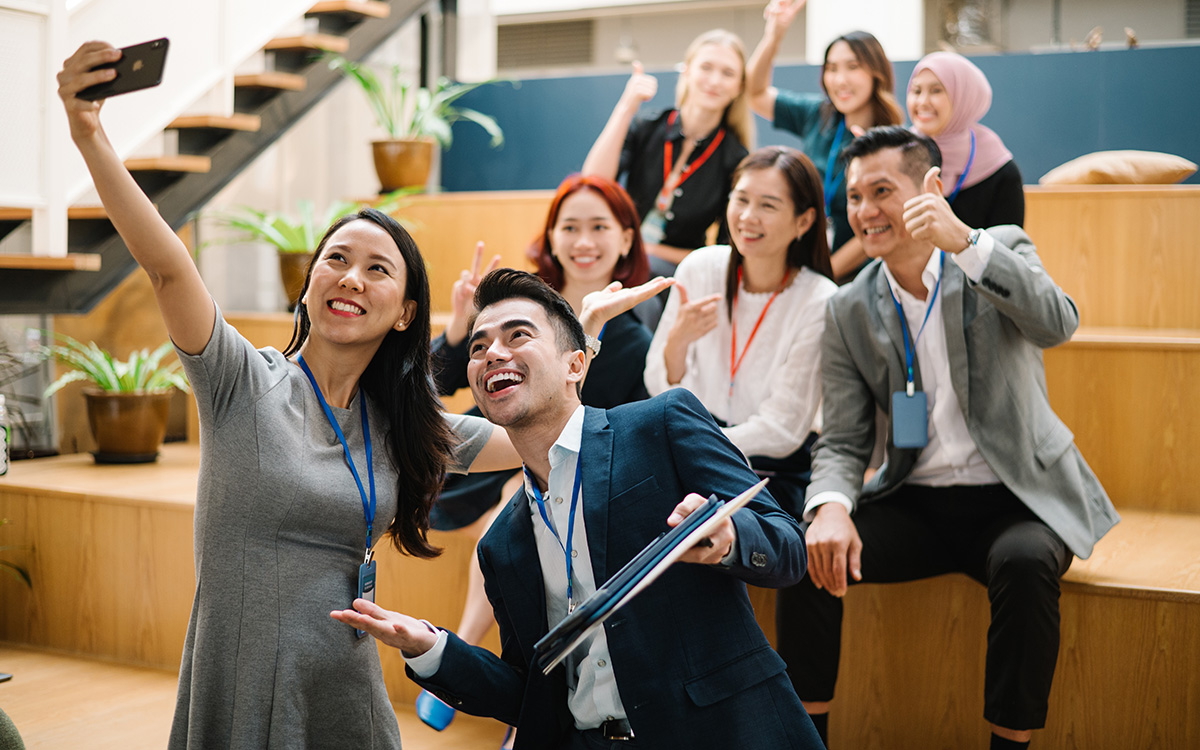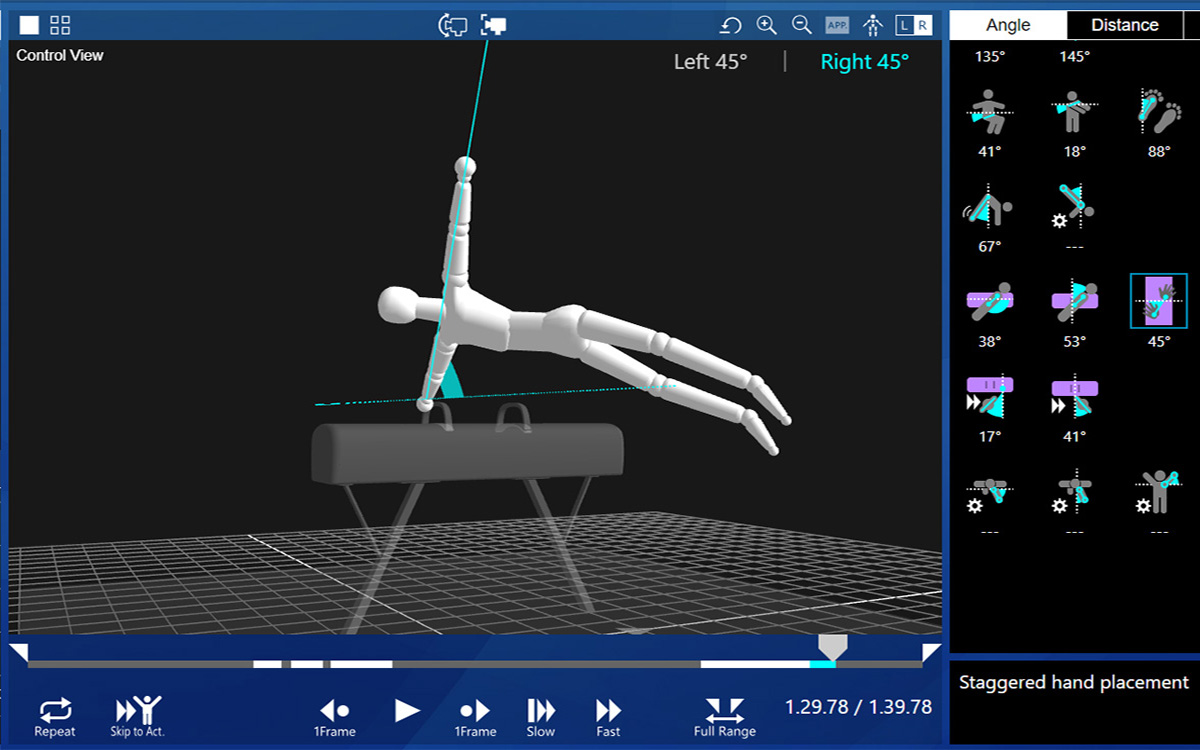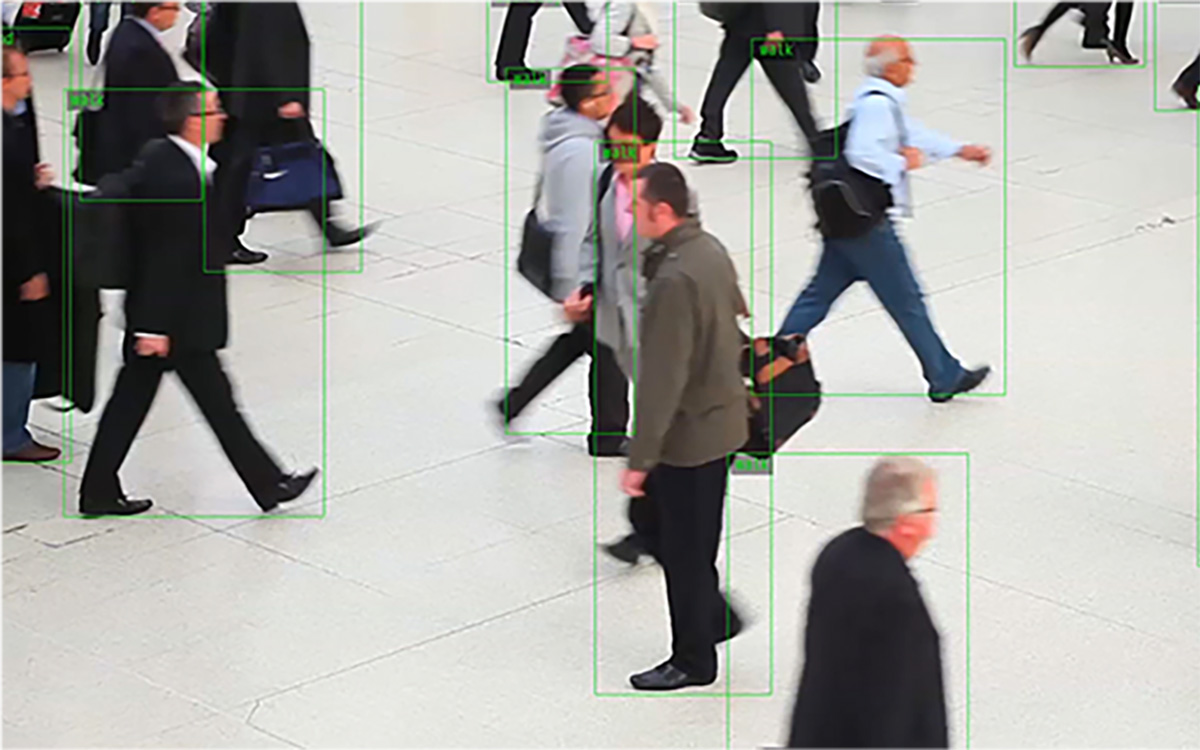Humans and AI: Beyond the "I, Robot" Dilemma
Fujitsu / July 22, 2024
In the iconic 2004 film "I, Robot," a pivotal scene between Detective Del Spooner and the robot Sonny captures the ongoing discourse surrounding artificial intelligence (AI) and human capabilities.
Detective Spooner, embodying human scepticism, questions Sonny about the essence of humanity, arguing that creativity, a quintessentially human trait, eludes machines.
Spooner challenges Sonny by saying, “Human beings have dreams. Even dogs have dreams, but not you. You are just a machine. An imitation of life. Can a robot write a symphony? Can a robot turn a canvas into a beautiful masterpiece?”
Sonny’s simple yet profound retort, “Can you?”
The scene raises the timely question of whether AI can truly match or even exceed human creativity, showing how each opposes the other in a competition of skill.
This is not a competition but a collaboration.
Today, we see humans and AI working together, each strong in different areas, but both with their own limitations.
The overarching theme is clear: humans have always used technology to do things better. Computers were used during the third industrial revolution. AI is just the next step in this process.
Contrary to the portrayal in science fiction, our team at Fujitsu believe the relationship between humans and AI is not a competition but a collaboration. Human ingenuity has continually produced increasingly sophisticated tools, with AI being the latest partner in our quest for progress and evolution.
Acknowledging AI’s potential and limitations
As a global leader in AI, Fujitsu has been promoting the research and development of AI technologies for more than 30 years, including establishing Fujitsu AI research lab with Australia’s Macquarie University. We have around 1,000 patents and 7,000 AI customer use cases in healthcare, retail, and public safety. Through this lens, we have experienced first-hand the potential and the limitations of AI in its current form.
AI's prowess lies in its ability to transcend human limitations, revolutionising various sectors efficiently and precisely. While a human data analyst might laboriously process thousands of data points over days, AI can analyse millions of images and data points within seconds, providing accurate analysis at speeds beyond human reach.
Consider a recent AI application: an AI-powered judging support system developed for the International Gymnastics Federation. This system uses multiple cameras to capture a gymnast in motion and analyses the visual data to provide judges with unprecedented precision and detail about the gymnast's performance. Imagine applying this technology to coaching in preparation for the Olympics. The potential is remarkable.
Despite its ground-breaking capabilities, we should be realistic about AI’s significant limitations. It struggles with understanding context and nuance and often cannot generalise beyond its training data, limiting its adaptability to new situations. Additionally, AI has difficulty with common-sense reasoning and cannot demonstrate true creativity and innovation. Complex problem-solving that requires multi-disciplinary insights and strategic thinking is where human intelligence significantly outshines AI.
The need for a human lens
Renowned AI scientist Yann LeCun compares AI's cognitive level to that of a four-year-old child, highlighting the stark contrast in sensory information processing between humans and machines. Large language models (LLMs) are typically trained on around 10 trillion tokens or 20 terabytes of data. A four-year-old child, awake for around 16,000 hours, processes information at about 20 megabytes per second through the optic nerve, amounting to more than 1,000 terabytes of sensory information.
This vast difference underscores the qualitative disparity between human cognitive capabilities and AI, emphasising the intrinsic complexities of the human experience that transcend mere data processing.
The future of work: A human-machine symphony
As we envision the future of work, it becomes clear that the synergy between humans and AI will define the landscape, transcending the traditional paradigm of a zero-sum game. This collaborative symphony promises many opportunities and challenges, shaping the evolution of society and labour dynamics.
The current trajectory of work is poised for transformation. AI will automate repetitive and data-driven tasks, liberating humans to focus on areas of expertise such as creativity, critical thinking and, dare we say, emotional intelligence. This requires a paradigm shift towards lifelong learning and adaptability, ensuring individuals remain agile in an era of rapid technological advancement.
In essence, the collaboration between humans and machines heralds a new era of innovation and progress, where each complements the other’s strengths and compensates for their respective limitations.
Recognising and leveraging this symbiotic relationship is key to navigating the evolving landscape of technology and human endeavour. Humans have always used technology to enhance productivity; AI is no exception.
Embracing this collaborative ethos paves the way for a future where human ingenuity and AI converge to redefine the possibilities of what we can achieve together.
.png?h=318&iar=0&w=318&rev=7d6a9b05f9eb47a887572e45dc709fbf)
Editor's Picks

